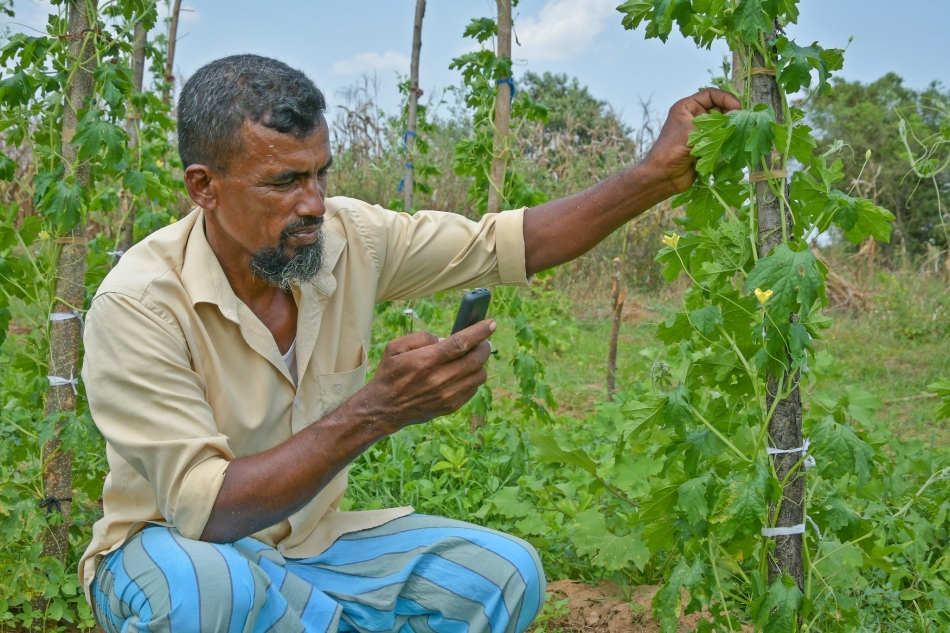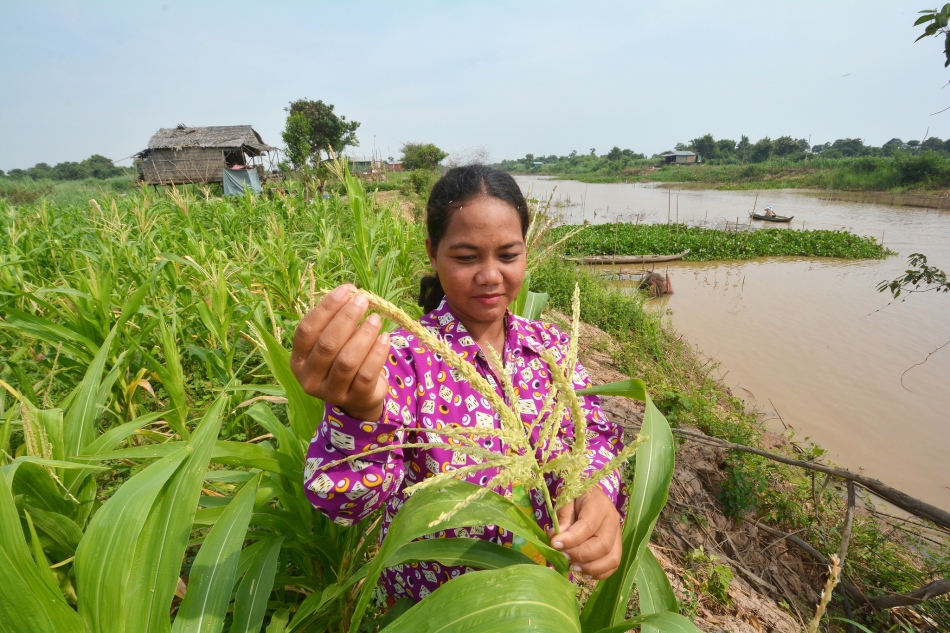By Santosh Nepal

The climate crisis is marked by rapid changes that lead to more severe disasters, often resulting in irreversible impacts. Nepal faces this crisis, evident in rising temperatures, erratic rainfall patterns, and fast-melting glaciers. The climate crisis in Nepal is closely tied to an impending water crisis, affecting various sectors and communities across the country.
A 2017 report from the Department of Hydrology and Meteorology reveals that Nepal has experienced a maximum temperature increase of 2.2°C over the last four decades, at a rate of 0.56°C per decade. The future appears even bleaker, with a 2019 Ministry of Forests and Environment report predicting an average annual temperature rise of 1.7 to 3.6°C by the end of the century under various scenarios. Average annual precipitation may increase by 11-23%, though pre-monsoon rainfall could decrease. Both reports suggest that extreme weather events, such as heavy rainfall and dry spells, will likely become more common due to climate change. These changes could significantly impact the hydrological cycle and sectors like water resources, agriculture, energy, forests and biodiversity.
Extreme weather
Nepal’s monsoon season often brings heavy rains, causing nationwide floods and landslides. In July 2024, western Nepal recorded its highest rainfall ever—624 mm in 24 hours—causing damage to infrastructure, water supply, irrigation and agriculture worth USD 11 million. This surpassed the previous record of 540 mm in Kulekhani in July 1993. The extreme rainfall from September 2024, resulted in over 250 fatalities and USD 342 million in damages to different sectors such as hydropower, water supply, road, houses, and irrigation, and unprecedented flooding in Kathmandu.
Meanwhile, warming temperatures over the last three decades have caused the glacier area in Nepal to decrease by 25%. High-elevation areas are warming faster than lower ones, a phenomenon known as “elevation-dependent warming.” This trend may reduce glacier ice mass by up to two-thirds in the Himalayan region if the current trends in greenhouse gas emissions continue. Even in the optimistic scenarios of the 1.5-degree world, one third of the glacier ice would be gone in the Himalayan region. This may cause an increase in melt runoff or ‘peak flows’ in the coming decades. Peak flow in the central Himalayas is expected to occur towards the mid-century, followed by decreased glacier flow, adversely affecting downstream communities that rely on glacier meltwater.
The changing snowmelt patterns are impacting sectors reliant on meltwater.As temperatures rise, high-altitude regions are seeing more rainfall than snowfall. Winter agriculture in these areas depends on snowmelt for soil moisture, and reduced snowfall is harming farming in the Nepal Himalayas. Snow typically seeps gradually into the ground, while rainfall often results in surface runoff, increasing the risk of floods, erosion and sedimentation. Studies predict that the snowmelt peak may come one to two months sooner, particularly in the Indus and Ganges River systems, potentially affecting downstream agriculture reliant on snowmelt.
In 2021, Nepal experienced a unique disaster in the Melamchi watershed. Intense high-altitude rainfall, combined with rapid snowmelt due to warmer temperatures, triggered a series of cascading hazards, including upstream landslides like Bremthang riverbank landslides and outburst floods triggered by landslide dams. These series of hazards caused significant damage downstream. They disrupted the Melamchi water supply project, a US 800 million inter-basin water transfer project that diverted water from Melamchi to Kathmandu Valley, aiming to enhance the water supply in the city. The economic loss of the Melamchi disaster was nearly US 498 million. In October of the same year, extreme rainfall exceeding 500 mm in Western Nepal caused US 100 million in losses, affecting 110,000 hectares of ready to harvest paddy crops. In 2023, extreme rainfall in eastern Nepal caused significant damage to hydropower facilities, resulting in losses of US 74.35mn.
Unequal impact
The climate crisis is fundamentally a water crisis, as changes in precipitation and temperatures will primarily affect water availability and quality. In Nepal, these changes will impact various sectors, including food and nutrition security, energy security, biodiversity conservation, health, disaster risk reduction and poverty alleviation. Therefore, emphasizing water in adaptation action is essential to overcome the challenges ahead. Water should be at the centre of climate discourse and actions without delay.
Some societal groups are facing greater challenges than others. While affluent communities often have more resources to adapt, marginalized groups, indigenous peoples, women and the poorest in Nepal are particularly vulnerable. Empowering these communities is essential for addressing the climate crisis. Nepal needs urgent, collective action across all levels and sectors to advance sustainable development and enhance human well-being. Research, innovation and capacity development are crucial for improving adaptation and building resilience.
Looking ahead
Least developed countries like Nepal need strong support from the international community to adapt to climate change. Nepal must assert that the climate crisis is also energy, food and health crises and directly linked to the water crisis. The COP27 summit marked a milestone by recognizing water as a vital solution, highlighting the need for water resources to be central in climate action. COP28 also highlighted the importance of water voices, advocating for water security and risk reduction as vital climate solutions, while addressing water resilience in the context of climate change. For Nepal, effective water management is essential for successful adaptation. The National Adaptation Plan outlines 64 priority programs through 2050, requiring an estimated US 47 billion for effective mitigation and adaptation. Without international support for these initiatives, Nepal risks severe impacts from climatic extremes, potentially leading to full-blown climate crises.
The COP29 summit marks a critical turning point for developing nations, as decisions on climate finance will influence their ability to manage and adapt to the climate crisis. While COP28 brought promising global commitments to reduce fossil fuel dependency and accelerate renewable energy transitions, COP29 must go beyond pledges. At COP29, nations need to demonstrate accountability by making measurable progress in mobilizing climate finances and enacting meaningful climate actions that address the urgent needs of vulnerable countries.






